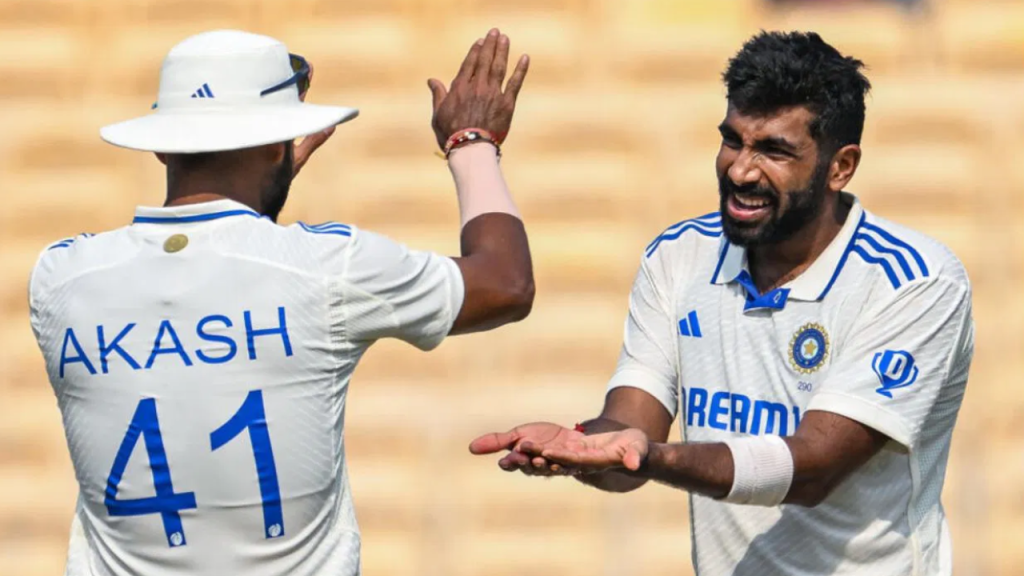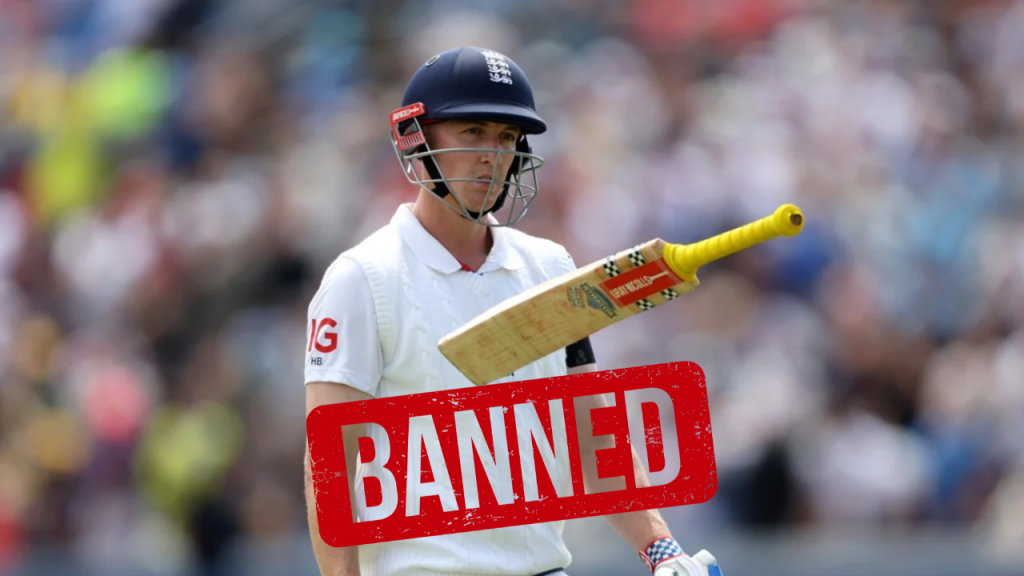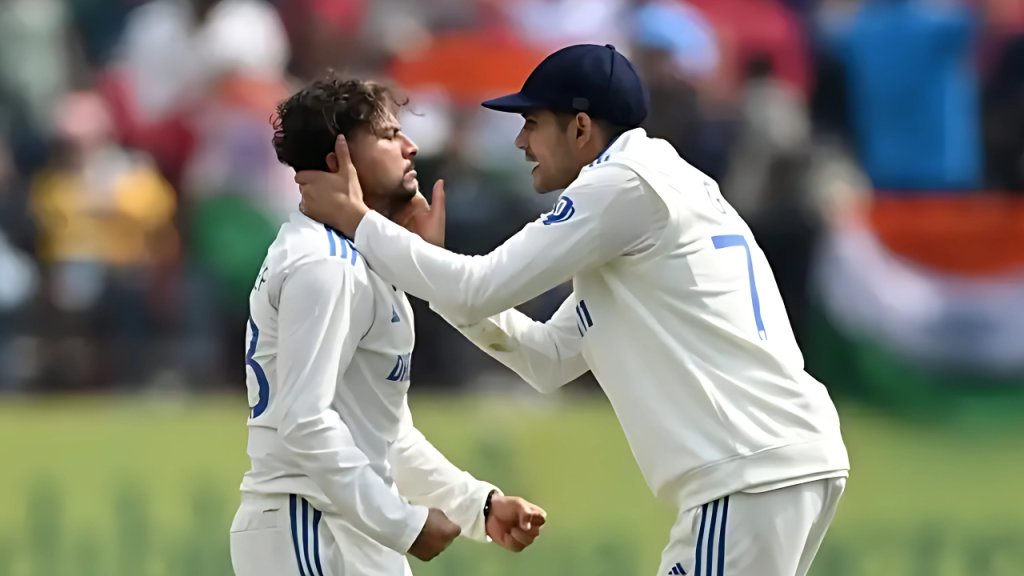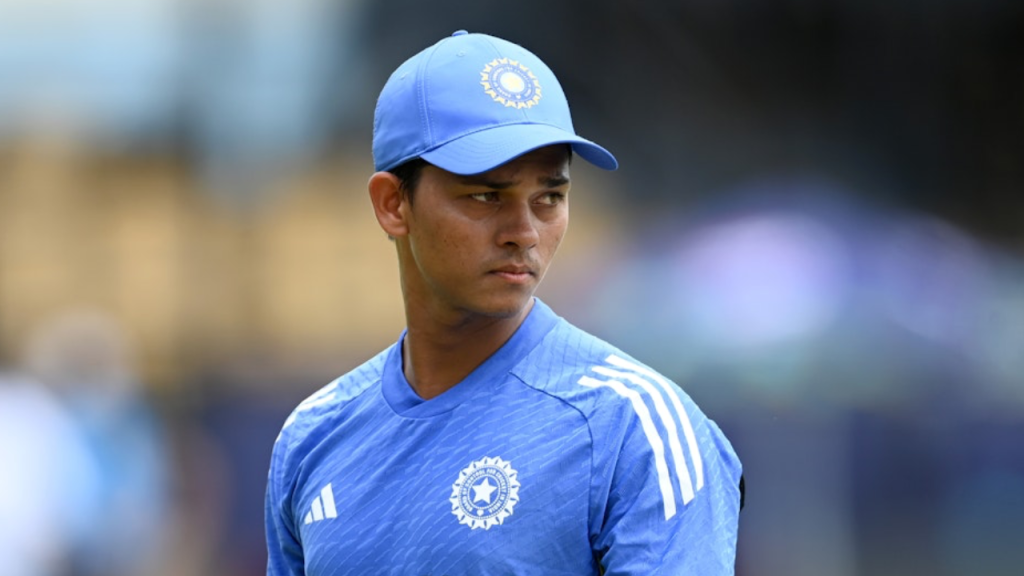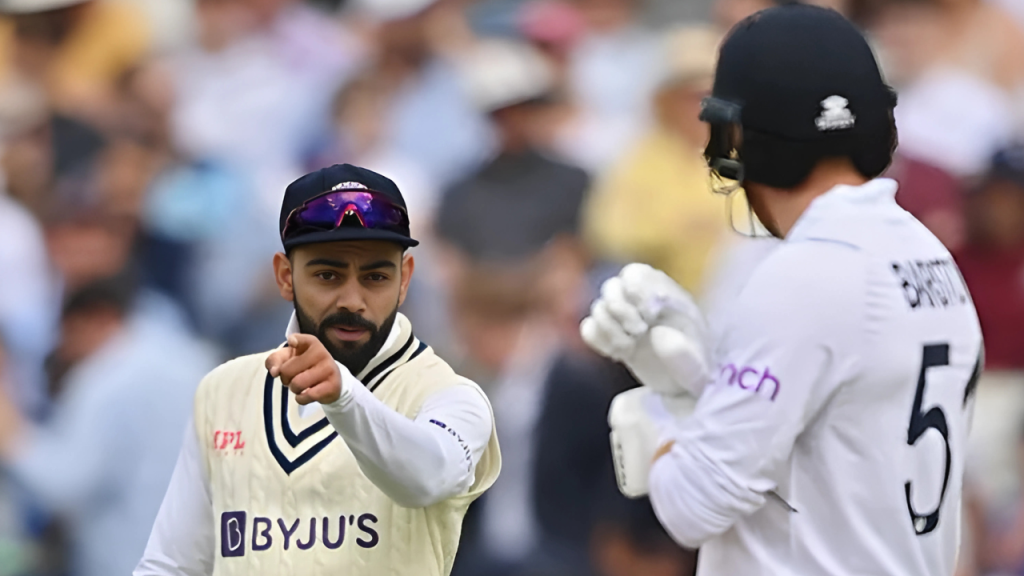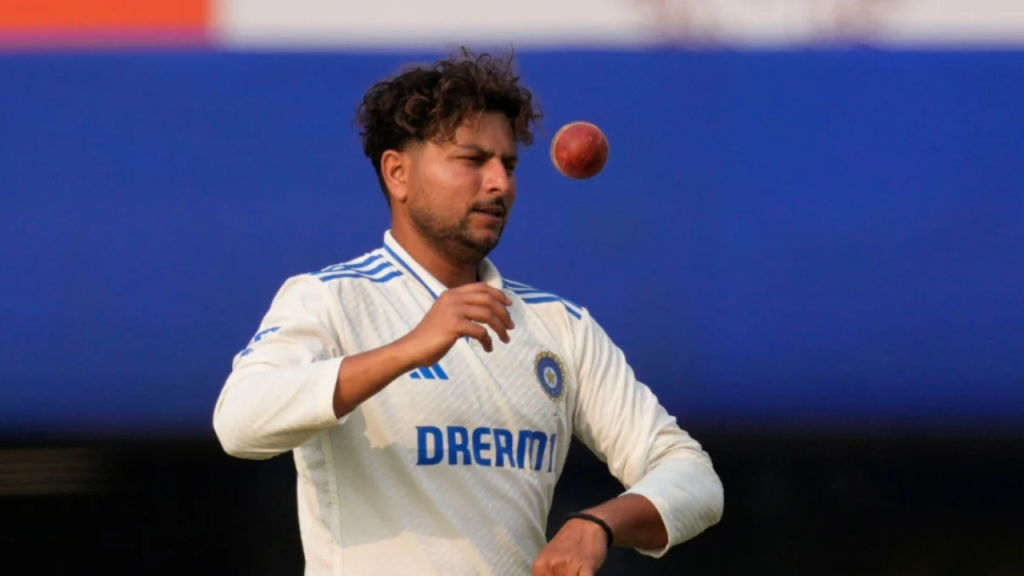“Our hand has been forced.” No honest professional ever said this statement without actually being pushed into a corner; with no option left but to do what they have to do, reluctantly. Short-term suffering is often a wise option when there is a vision for a profitable long-term future.
So when South Africa Test coach Shukri Conrad uttered these words in the press conference in Cape Town following his side’s defeat at the hands of India in the shortest completed Test match ever, there must have been oodles of sympathy, maybe even empathy, from the journalists in the press room.
Shukri Conrad’s statement is not a revelation. The Cricket South Africa (CSA) board has been getting criticism and flak—even accusations of expediting the “death of” Test cricket—for sending a largely second-string squad—which could even be called a third-string squad—to New Zealand for two Tests because most of their first-choice players will feature in the SA20 league, the schedule of which clashes with the Test series in New Zealand.
7 of the 14 players that will travel to New Zealand are uncapped, including captain Neil Brand. Only three players from the squad that recently played India at home will fly to New Zealand.
It may be astonishing at first, but if you only scratch the surface of the issue, without going much into its depth, you will realize why CSA had to take this step and why it’s very much justified to a large extent.
But what would Steve Waugh, sitting in a faraway part of the world, quite possibly uneducated about the troubles and with little care, the dire situation of the Cricket South Africa (CSA) board, know? Just like most of the former cricketer-turned-commentators from the Big Three, it is not surprising that Waugh—the mighty Steve Waugh—wouldn’t make the effort to learn more about the latest ongoings in a board and cricket team that is not Australia, England, or India.
First, a little bit of finances (And then some Steve Waugh)
Australia captain Pat Cummins has an annual contract with Cricket Australia (CA) worth over $2 million. Nathan Lyon, who is only part of the Test team, reportedly pocketed over $1.1 million in his last contract. The handsome match fees adds on, apart from this. England players have similarly lucrative contracts with the ECB, and Indian cricketers make insanely multi-folds of this money through the BCCI and IPL and brand endorsements.
Now to some South African players. CSA could only pay a retainer of $100,000 to their Test and ODI captain, Temba Bavuma. Aiden Markram, a key player across formats, had the same retainer until 2022. Anrich Nortje, one of the fastest bowlers in the world and a proper wicket-taker, had a CSA contract worth $75,000. Kagiso Rabada, their spearhead pacer, reportedly gets the biggest paycheck from CSA, of $250,000 annually. This all combined is still less than what Pat Cummins alone makes from his Cricket Australia (CA) contract. (We don’t even need to go into Cummins’ exorbitant IPL deals every season he plays there, not that anyone would or should grudge it.)
In short, there is a huge gap between the earnings of players from countries like South Africa, the West Indies, Afghanistan, and Pakistan compared to the Big Three (India, England, and Australia).
So it’s quite sanctimonious when ex-cricketers and commentators preach about players from financially weaker boards opting to play T20 leagues over international assignments as being the reason for the “death of Test cricket” – and it’s almost always the ones from India, England, and Australia, riding on their high horses.
Little needs to be said of Wasim Akram, sitting in a comfortable commentary box in Melbourne or Sydney, two decades after he played his last Test, lashing out at Shaheen Afridi for resting from the SCG Test to be fit and fresh for the T20Is in New Zealand, or for Haris Rauf to play in the BBL while opting out of Test matches, or for both fast bowlers to play in The Hundred.
Now on to Cricket South Africa (CSA), and why it needs SA20 to even survive
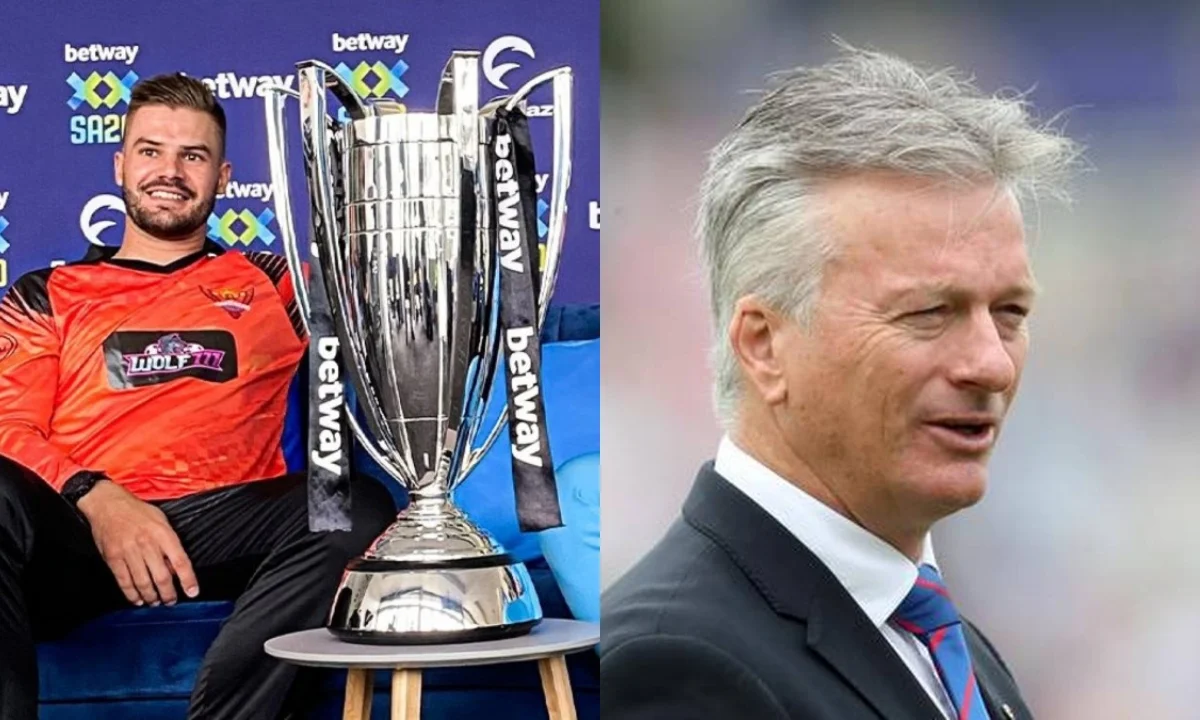
As Conrad said, his and CSA’s hands have been forced. Because of poor administration over the years, CSA has found itself at a loss of $6.4 million in 2022/23. Which, in fact, was taken as a positive and an improvement for the board after profiting from the SA20 league last year.
(Imagine the financial state of a board when having a loss of $6 million is considered to be an upward move; for those unaware of how major world sporting bodies could mess up so badly, FC Barcelona, one of the biggest football clubs in the world, had gone into €1.5 billion in debt in 2022). Corruption and shambolic administrative management have led some global sporting organizations into embarrassment, on and off the field.
In their one final roll of the dice to have a successful T20 league, CSA aimed to strike a long-term deal with a home broadcaster, but they knew major money would come from elsewhere. From where else but India, the biggest consumer of cricket in the world, and with the infinitely deep pockets of the IPL franchises?
The CSA got IPL franchise owners on board to buy teams in their league (SA20) and expand their wings. Six IPL franchises announced their teams in the SA20 for the inaugural season in 2023. This allowed CSA to bag a big-money deal with Viacom18, the Indian broadcaster, for 10 years.
With all their eggs in one basket, CSA launched the SA20, and it was a hit in South Africa and in India, too. This returned a good amount of profit, out of which CSA got $1.9 million.
But how big is this profit? Not much compared to what the other boards get: Australia received $1.6 million for winning the WTC Final alone, and India, the runner-up, got $800,000.
However, it was still enough profit for CSA to have their own contracted players to play in the SA20 league over international games. Last year, CSA canceled the ODI series with Australia, risking not qualifying directly for the World Cup. This year, by sending a second- or third-string squad to New Zealand, they have effectively let go of having a competitive shot at 24 WTC points from the two Tests. But CSA believes it’s all worth it.
Conrad mentioned it was a “cock up” by the schedule designers that the Tests in New Zealand and the SA20 league clashed, though some in CSA say that FTP had been planned before the SA20’s window was finalized.
Here, it’s not even about the South African players choosing to play SA20 over Tests—although nobody would really blame them if they had a choice—because, as it’s believed, CSA’s own contract with the broadcasters and the franchise assures that the SA20 league will be given the preference.
CSA simply wants the profits first from the SA20 league, to get out of debt, to get out of their financial troubles, and sort their house, even if it comes at the cost of being attacked by everyone from around the world.
As Telford Vice sums it up in his piece for Cricbuzz, “The truth is cricket in South Africa needs money more than it needs WTC points. Burning 24 of them in New Zealand, should that happen, isn’t too high a price to pay for another SA20 windfall. No, that isn’t a joke.”
More tidbits about the emptying wallets of the boards in South African cricket. The recent Cape Town Test against India was the first at Newlands in two years – the Cape Town cricket board itself is in debt, and organizing Test matches requires a hefty sum of money, which, well, they simply barely have.
Now to Steve Waugh
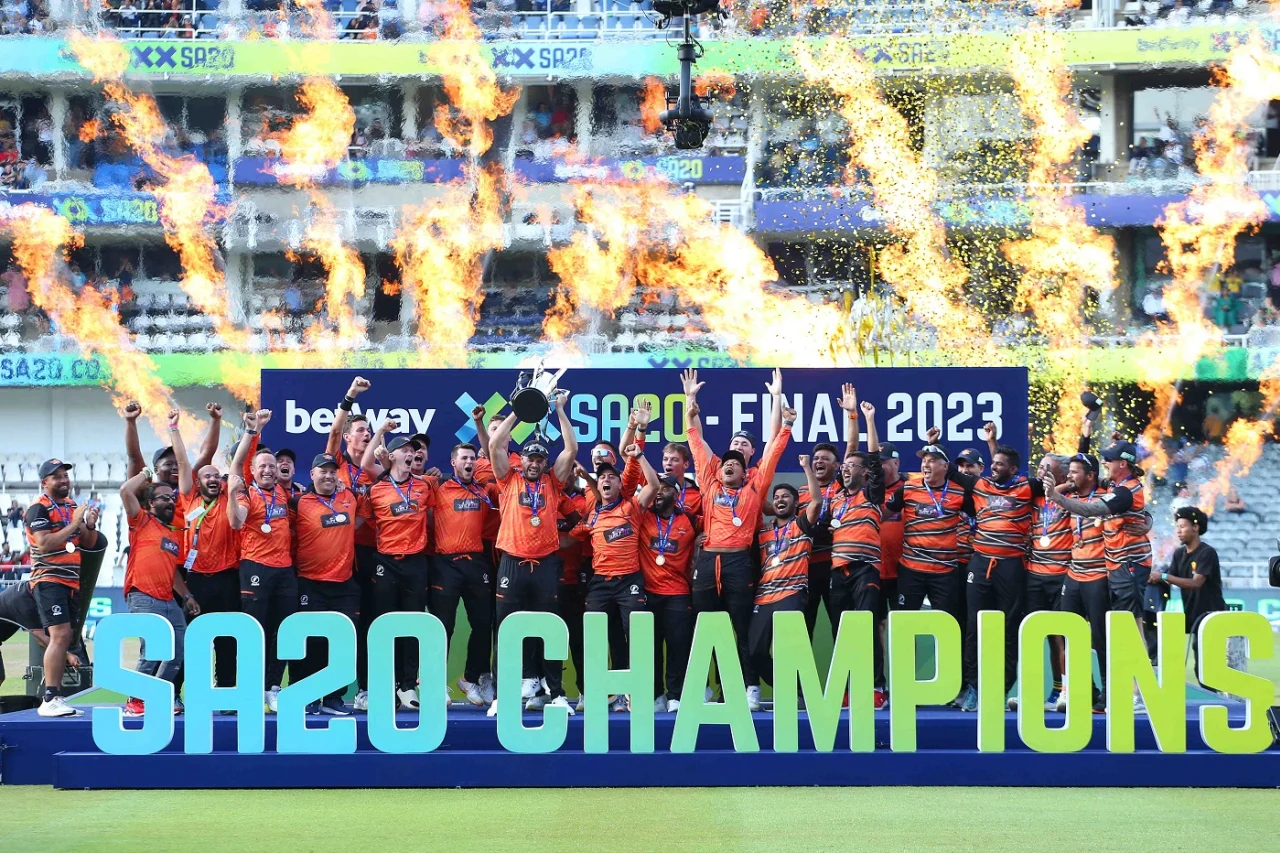
Steve Waugh expresses his care for Test cricket; Conrad hits back
So when Steve Waugh, seeing Australia’s multi-millionaire, the very sexy Pat Cummins prioritize Test cricket over T20 leagues, saw that South Africa are sending a weak team to New Zealand because the first-choice players would be playing in the SA20 league, he wondered if it is the “defining moment in the death of test cricket”.
View this post on Instagram
He suggested the ICC and the three rich boards do more for Test cricket, because the “history and tradition must count for something”. But Waugh would never ask why Cricket Australia keep finding reasons to cancel/postpone bilateral matches with Afghanistan, or why they have not hosted Zimbabwe and Ireland for a Test match for a long time.
“Obviously they don’t care,” Waugh was quoted as saying by Sydney Morning Herald. But somebody needs to break it to Waugh: CSA does care, at least now, after their years of chaos. They can see some light in the form of SA20. And they won’t stop looking at ways to make as much money as possible, profits anywhere possible, until they actually can declare some eventual profits.
Waugh added that the CSA is “keeping their best players at home.” Geographically, yes. But the players would still be playing to beef up the board’s finances, and it is the last resort for CSA. (Again: why do ex-cricketers remain so ignorant—is it by choice?—of the situation and financial strains of these players and boards.)
Waugh’s scathing comments certainly didn’t sit down well with Conrad, who hit back fiercely. The South African Test coach reacted: “I don’t think Steve Waugh is going to care what I say, but I love how everybody outside of South Africa has become experts on South African cricket. Our hand’s been forced. Yes, there was a cock-up … sorry, a balls-up … somebody got it wrong with the scheduling, and this is why we find ourselves in this position.
“But the SA20 has to happen. It is the lifeblood and it’s going to continue to be the lifeblood of South African cricket. If it doesn’t happen we won’t have Test cricket.
Test cricket won’t be killed by SA20 or the franchise leagues, but by the lack of monetary profits in the 5-day format itself, a consequence of the decreasing audience on the TV screens.
As Conrad so earnestly asserted, SA20 will save Test cricket in South Africa, not kill it.
